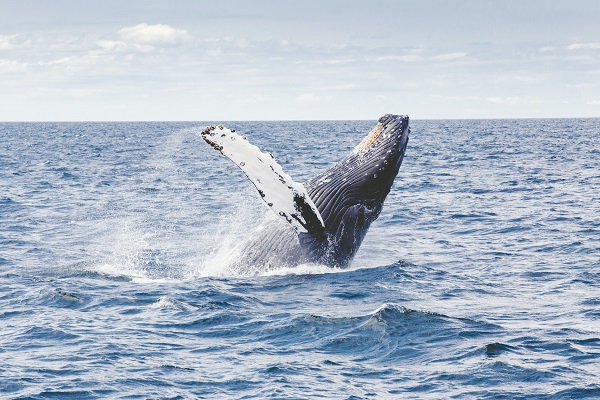
The Blue Whale, scientifically known as Balaenoptera musculus, is not just the largest animal to ever roam our planet; it’s also one of the most captivating and mysterious creatures beneath the waves. These magnificent marine mammals have long captured the human imagination with their awe-inspiring size, impressive migration patterns, and crucial role in maintaining the balance of ocean ecosystems.
Average Size
When we speak of the Blue Whale, we speak of giants. These colossal marine mammals can reach an astonishing length of up to 100 feet and weigh as much as 200 tons, making them larger than any known dinosaur. Their hearts alone can weigh as much as an automobile and are the largest hearts of any living creature on Earth.
Migration Habits
One of the most remarkable aspects of Blue Whales is their incredible migration habits. These oceanic wanderers undertake some of the longest journeys in the animal kingdom, covering thousands of miles each year. Their migrations are often driven by the need to find food and escape harsh environmental conditions.
Blue Whales are generally found in two primary populations: the Northern Hemisphere and the Southern Hemisphere. During the feeding season, which usually occurs in the summer months, they migrate to regions with abundant food, often polar waters teeming with krill, their primary prey. Their migratory routes can span vast distances, such as from their high latitude feeding grounds to warmer waters for breeding and calving.
In the Northern Hemisphere, Blue Whales are known to frequent the waters off the coast of California and the Gulf of St. Lawrence. In the Southern Hemisphere, they are often spotted near Antarctica and areas of the southern Atlantic and Indian Oceans. These migrations are vital for the survival of the species, as they allow Blue Whales to maintain their energy levels and reproduce successfully.
Role in the Environment
The Blue Whale plays an indispensable role in maintaining the balance of the ocean’s ecosystems. Their primary diet consists of krill, tiny shrimp-like creatures that form a foundational link in the marine food chain. By consuming vast quantities of krill, Blue Whales help control their populations, preventing them from overgrazing on phytoplankton.
Phytoplankton, microscopic plants found near the ocean’s surface, are essential for the production of oxygen and the sequestration of carbon dioxide. They are also a primary food source for krill. Consequently, Blue Whales indirectly contribute to regulating the Earth’s climate by ensuring a stable phytoplankton population, which plays a crucial role in carbon sequestration.
Furthermore, the excrement of Blue Whales is rich in nutrients that enhance the productivity of ocean ecosystems. Their waste contains essential elements like nitrogen and iron, which act as fertilizers for phytoplankton growth, further supporting the marine food web.
Conservation Efforts
Despite their immense size and crucial ecological role, Blue Whales have faced significant threats from human activities. Historically, they were hunted for their valuable blubber, meat, and bones. Thankfully, global efforts led to the ban of commercial whaling, providing these magnificent creatures with a chance for recovery.
Today, Blue Whales are listed as endangered species, and international regulations protect them from hunting. However, they continue to face threats from ship strikes, entanglement in fishing gear, and the availability of prey. Conservation organizations and governments worldwide are working diligently to mitigate these threats and ensure the continued survival of these majestic marine giants.
Conclusion
The Blue Whale, with its remarkable size, awe-inspiring migrations, and critical ecological role, serves as a testament to the wonders of our planet’s oceans. As we gain a deeper understanding of these magnificent creatures, we must also redouble our efforts to protect them and the delicate ecosystems they support.
Related Articles & Free Email Newsletter Sign Up
Meet the World’s Largest Reptile: The Saltwater Crocodile
The Darwin Frog: An Extraordinary Amphibian of Survival


Comment here